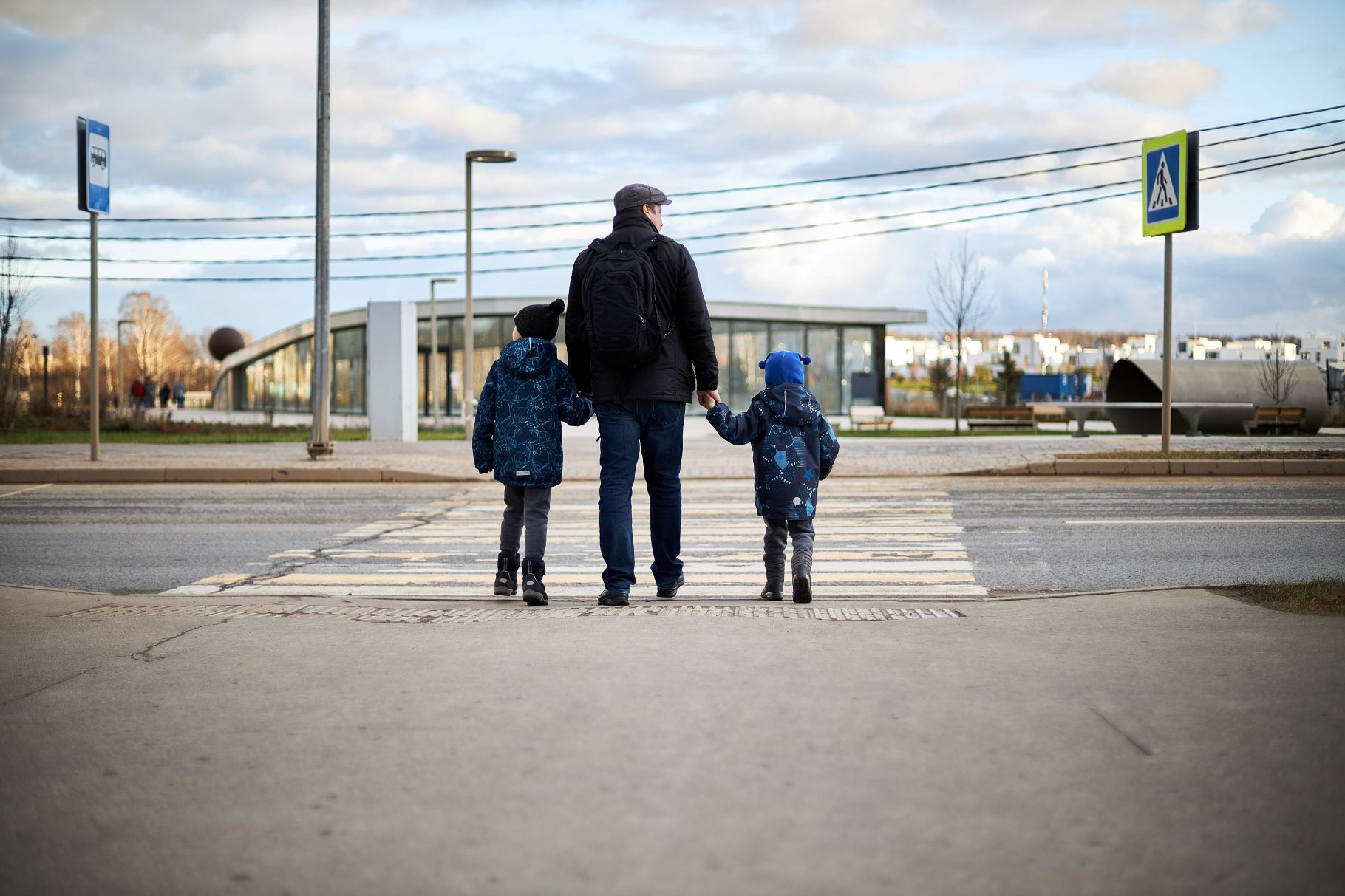
What Are The Sidewalk Bumps For?
While walking on the sidewalks, you may have noticed small, colorful bumps where the sidewalk meets the road. What are these bumps? Why are they placed so strategically at the edge of the sidewalk, at crosswalks, and near public transportation? What purpose do they serve? Are they there to increase the grip on the road? Or, do they serve some other purpose? Let’s find out!
Why Are There Bumps on the Sidewalk?
These blister-like bumps are there for individuals with low vision or no vision so that they can discern where crosswalks merge from sidewalk to road. These blisters are known as detectable dome warning tiles or truncated domes. These are a part of tactile warning systems, which refers to surfacing that can be felt, especially by blind people.
Individuals with low vision or no vision can easily feel these bumps with their walking sticks or under their feet, and the bright, contrasting colors of yellow, red, or black stand out for visually impaired people. Detectable warning dome tile systems are essential in allowing individuals with impairments to independently navigate their world.
Where Did Detectable Warning Dome Tile Systems Begin?
Tactile paving started in Japan in the 1960s, and the movement spread throughout the world with different countries finding new ways to serve their communities. In Australia, lights are also used on street ends in order to make the curb stand out for those with limited vision.
In the United States, The Americans with Disabilities Act was passed in 1990, and the country began to seek ways to adjust the infrastructure. This started with detectable warning tiles on sidewalk ramps, and these “sidewalks bumps” have been integrated into parking lots, parking garages, bus stops, and light rail platforms.
What are the Different Bump Patterns Used For?
Here are some of the different bump patterns, or detectable warnings, and what they mean.
- - Circles, also known as inline domes, indicate a curb ramp, intersection, or transition
- - Offset or inline dome configuration patterns show a train platform ahead
- - Pavement bumps, also known as directional bar tiles, can also mean a pedestrian path
Here are what some of the stripes, raised bars, or directional tile bars, mean:
- - Stripes, also known as corduroy tiles, across a path signal steps or other trip hazards ahead
- - Directional tiles are used to create a safe walking path as well as assist those with low vision to a location adjacent to the entrance of a bus or train
In conclusion, these Braille surfaces make it easier for people to feel changes in texture or patterns. The patterns signal a change in path, curb, or direction. On that note, detectable warning dome tile systems allow for greater mobility and independence for those persons who are partially sighted or completely blind.
At StrongGo, we believe that a big step to creating a more accessible world for our communities means integrating TekWay detectable dome tiles throughout our infrastructure, and we work every day to team up with universities, city centers, and government agencies to create an accessible public space for everyone. Contact us today at csd@stronggo.com.


